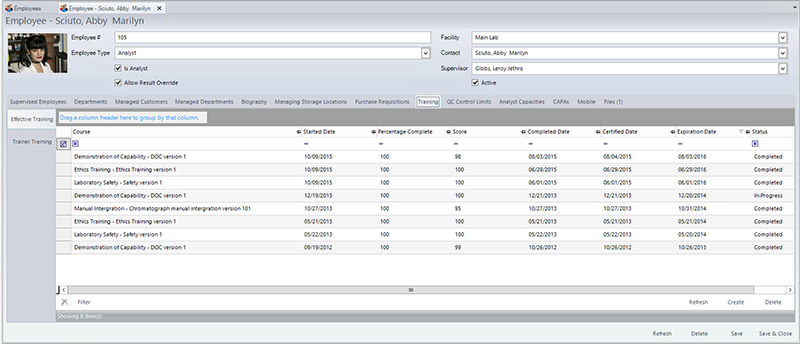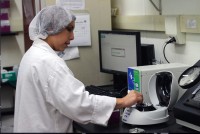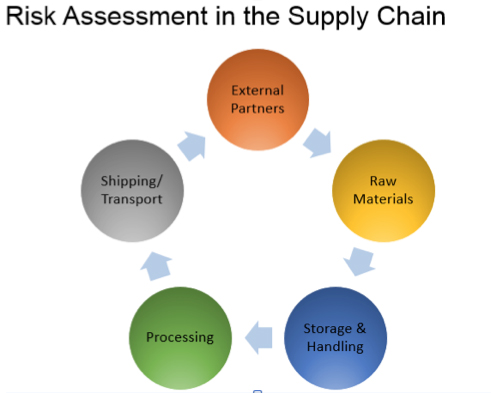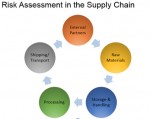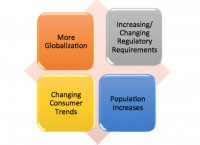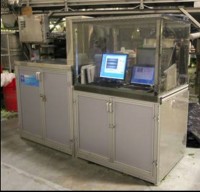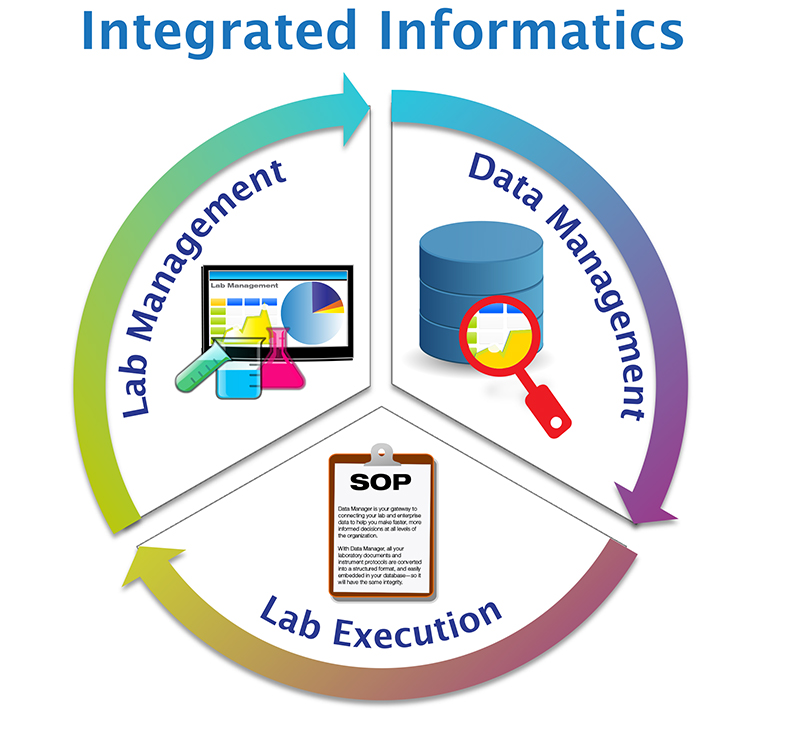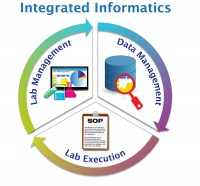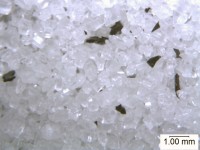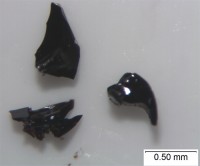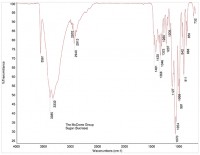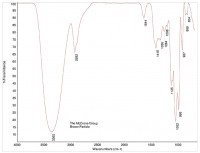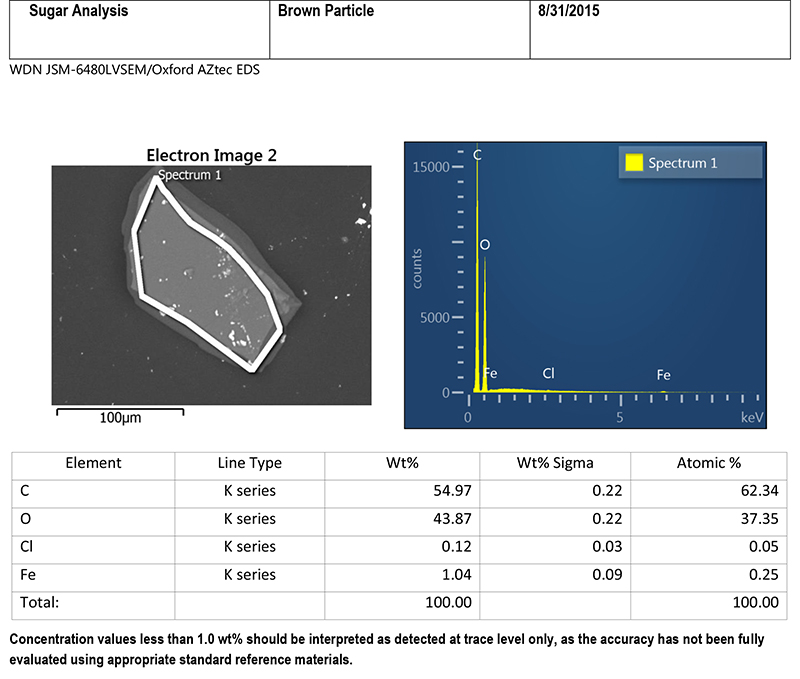If you watch the evening news or read the local newspaper, the chances are pretty good that you will read or see something about a food safety concern or incident.

While the American food supply is among the safest in the world, the Federal government estimates that there are about 48 million cases of foodborne illness annually—the equivalent of sickening 1 in 6 Americans each year, according to Foodsafety.gov. And each year these illnesses result in an estimated 128,000 hospitalizations and 3,000 deaths. Five types of organisms—Salmonella, Toxoplasma, Listeria, norovirus, and Campylobacter—account for 88% of the deaths for which the cause is known.
We watched from the sidelines when major retailers faced public scrutiny over their practices on safeguarding consumer credit card information when their websites were hacked. Today, consumer and regulatory interest in food safety are the new focus areas for the news media, especially in light of the Blue Bell Creameries Listeria and the Peanut Corporation of America (PCA) Salmonella outbreaks. Unlike consumer credit information, serious missteps in our industry can kill people, and in the case of PCA, can put you permanently out of business.
In 2008, peanut butter paste manufactured by PCA killed nine people and sickened 714 others, some critically, across 46 states and was one of the largest food recalls in American history, according to the CDC. Although still under appeal, PCA CEO Stewart Parnell was convicted and sentenced to a 28-year prison term for his role in knowingly shipping out salmonella-contaminated peanut butter. Parnell received one of the toughest punishments in U.S. history in a foodborne illness case.
In the Blue Bell case, a total of 10 people with Listeriosis related to this outbreak were reported from four states, with three deaths reported from Kansas, according to the CDC. Blue Bell pulled their products from store shelves on April 20, 2015. On May 7, the FDA released findings from inspections at the Blue Bell production facilities in Brenham, Texas, Broken Arrow, Oklahoma and Sylacauga, Alabama. The FDA reports highlighted serious problems across multiple sites.
Both cases shine a spotlight on what can happen if you don’t have an effective food safety management system (FSMS). So what makes up a good FSMS, and is it enough to keep you out of trouble? An effective FSMS is built on three elements: Good Manufacturing Practices (GMPs), Hazard Analysis Critical Control Points (HACCP) and a management system. Food safety issues are avoidable, and good processes and a strong culture within an organization make them more unlikely to occur.

Implementing a FSMS does not happen in a few months; it may take up to two years to establish one. No doubt, foundational activities need to be in place for factory operations. In addition to focusing on foundational elements such as making sure equipment is cleaned properly and procedures for allergens are implemented, the leadership team needs to make it clear that it is never acceptable under any circumstances to take shortcuts that could jeopardize food safety. This policy needs to be indoctrinated throughout the organization and thus does not happen overnight.
Underlying an effective FSMS are strong HACCP and GMPs, but food safety should always be the top priority for management and its employees, not share price, earnings or profit margin. Although financial performance is important, food safety must take precedence in the organization, and leadership at all levels needs to send that message loud and clear to all employees. In today’s environment, HACCP is pretty much mandatory from a regulatory standpoint and is an essential part of a FSMS. But the missing piece in many organizations is the support from the top—this is where culture becomes embedded in the organization.
The FSMS culture is the collective behavior from the organization around shared values and beliefs. The organization will follow the actions of leaders, not necessarily what they say—we all know actions speak louder than words. A good food safety culture is one where best practices are openly discussed, defined and rewarded. Food safety culture has become a buzz word and there needs to be a focus on making it come to life through a structured FSMS.
At this year’s Food Safety Consortium conference, Tim Ahn will discuss advancing food safety training and harmonization (November 19). LEARN MOREFood safety training is important not only for first line supervisors and operators, but also for senior managers and leadership, because they define the objectives and policies of the FSMS. What does it mean to conduct an effective management review? What does it mean to do an internal audit? What’s a good corrective action process? Training often misses the mark, because organizations fail to embed it correctly.
For FSMS to thrive, management must commit to the FSMS being a required way of doing things throughout the entire organization. A FSMS is most effective when it benchmarked against a proven standard and verified by an independent third party. Certification against a proven standard will reduce risk within your business.
Select your independent third-party verifier carefully. Do they have the resources and time, and do they know what they are doing? Do they add value to your organization? This is important since once you get certified, your journey starts and it doesn’t end. The value comes in two areas: Identifying risks and developing the appropriate control measures, and ensuring that the process drive continuous improvement in your organization. FSMS is focused on how continuous improvement applies to the management of risk and business operations.
The most effective way to establish an FSMS is to have leadership that recognizes its importance. The worst way is to have a recall or an incident, which draws attention to the fact that there is a problem and something needs to happen. In the case of Blue Bell, they probably understood the importance of food safety and thought they were taking the right actions. However, their management system led them to problems. FSMS must be independently verified against world-class standards to ensure effective performance.

Companies can develop blind spots where they cannot see their own bad practices, and they become institutionalized over time. Fortunately, experienced independent third-party assessors can shine a spotlight on those bad practices. That is the true value in bringing in outsiders to look at your operations and culture to uncover those blind spots.
At PCA, their poor culture and actions to the problem sealed their fate. In some ways, this criminal case presented a wake-up call to boardrooms across America and highlights how badly leadership mismanaged matters. This case came to light in the context of the public complaining to the regulators that they were not doing enough following several highly visible food poisoning cases. A FSMS would have prevented these problems because the structure would not allow such bad decisions to be made and would have been verified by an independent third party that would test and check everything. A reputable third-party verifier would not miss poor GMP/ HACCP processes.
A good assessor can help a company understand what is really important and what is not so important when it comes to findings (i.e., context). We don’t waste a client’s time with insignificant issues and that is where the experience and judgment of the auditor becomes critical. Last year I met with a client and said, “you need to be checking for Salmonella in your environment—how do you know it is not there?” I pushed them into checking because I understood the changing regulatory environment. I came back a year later, and they had confirmed that regulators were interested in their Salmonella monitoring program during a recent inspection. As an auditor, you have to be confident enough to provide advice and context to the client in a way that is understood and accepted, and that helps to build trust.
With FSMA, the government can now take specific actions against companies. If I am plant manager or CEO, how do I know for sure that I am in compliance with the requirements? How do I know that I don’t have any of these potential issues? The only way to know for sure is to have the FSMS assessed. Just like a bank or publicly traded company hires financial auditors to assure everything is done correctly, companies need to audit their FSMS to ensure compliance. Get a process audit and ensure they drill down deep into the organization—that is where we find issues and gaps. A thorough auditor will find your problems instead of looking the other way. It is important to call it the way you see it and not be too “soft” when getting an assessment.
If I am the CEO, I want to know where those problems exist. Independent third party assurance is the best way to find out how compliant you are with regulations. No CEO wants to deal with the inevitable lawsuits and lost business impacts. At least with an effective FSMS, you can show a level of due diligence when the regulators show up at your doorstep and the culture is such that you want to address any problems.
We have entered an important time for the food industry with FSMA implementation and other food safety regulatory requirements in the United States. These new rules place an emphasis on management accountability, risk assessment and control of supply chains. The bar for due diligence has been raised and it up to all us to show that we have done everything possible, and the best way is with an effective FSMS.



